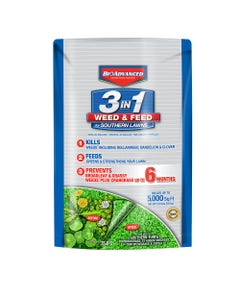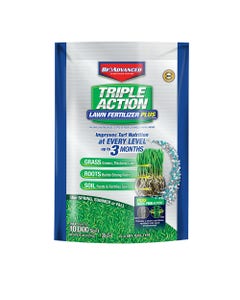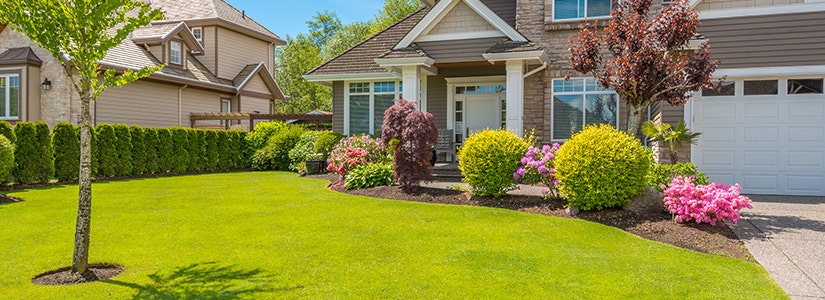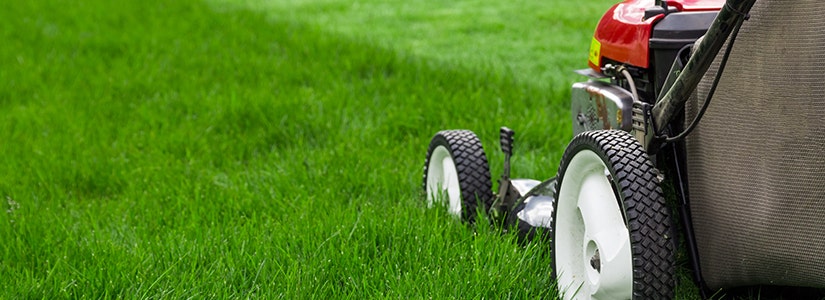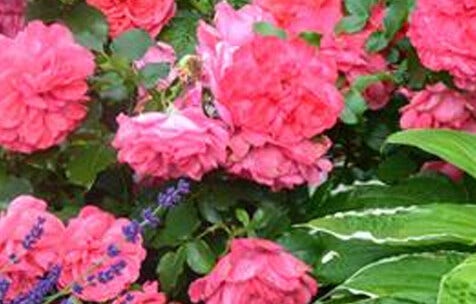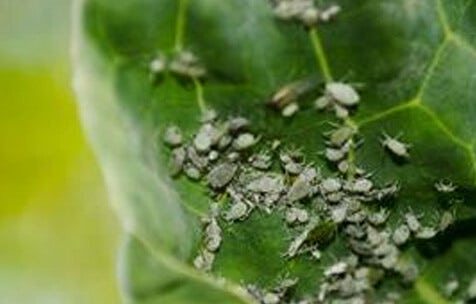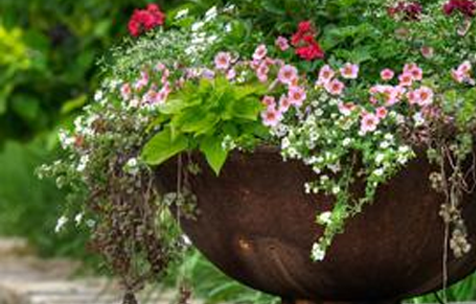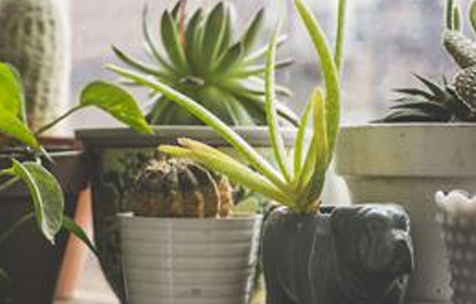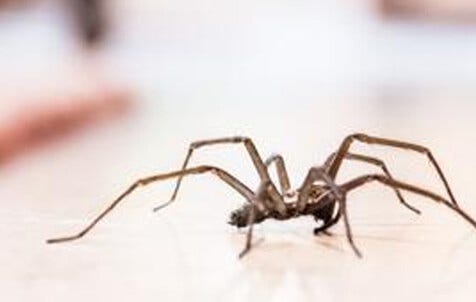

- Home
- Solution Center
- Learn
- Lawn and Landscape
- Brown Spots & The Signs of Summer Lawn Stress
Brown Spots & The Signs of Summer Lawn Stress
Signs of Summer Lawn Stress
When summer sizzles, a lawn can easily fizzle, trading lush green for crispy brown shades. The causes of brown grass vary. Insect feeding, drought stress, soil compaction, or other factors can combine with heat to damage grass. In this weakened state, a lawn is more susceptible to attack by weeds and insects.
Some simple detective work can uncover the culprits behind brown summer lawns. Learn what to look for when lawn brownouts occur and what to do to keep grass healthy.
Drought Stress
Like any plant, grass reacts to summer's high temperatures and lack of water with wilting, browning, or even death. Here's how to detect drought stress:
- Locate a brown patch, and pull on the grass. If it won't pull easily from soil and is firmly rooted, it's likely brown due to drought.
- Push a screwdriver into soil in brown and green lawn areas. If the blade slips easily into green lawn and won't penetrate brown, soil is dry. In rocky soil, dig a small hole to check soil moisture.
- Look at the lawn as a whole. When drought is the culprit, brown patches appear randomly and in rough patterns. Lawn near a sprinkler head may be green, while lawn further away is brown. Grassy areas in shade remain greener when parts in full sun turn brown due to drought. Lawn in low spots will remain green while higher areas turn brown.
- Learn early signs of drought stress. Footprints remain on grass after it's walked on. Kentucky Bluegrass develops a grayish cast, while other grasses become darker hued. Grass blades may also wilt.
Dormancy
During periods of hot, dry conditions, both cool- and warm-season grasses can go dormant as a protective measure. If grass receives sufficient moisture, growth slows and blades remain green. During times of prolonged drought without irrigation, grass turns brown. If grass turns brown, don't irrigate it unless you plan to continue watering the rest of the summer. When grass shifts out of dormancy, roots are depleted of food reserves, making plants susceptible to further stresses.
Don't let newly-established lawns go dormant. With a limited root system, a new lawn might not survive dormancy without extensive injury.
It varies by region, but grass that's completely dormant may take up to 3-4 weeks, as irrigation is provided, to turn green. Providing more water than a lawn needs doesn't hasten awakening from dormancy. You also may have to reseed a lawn that has gone dormant, especially with cool-season grasses.
Insects
Lawns also turn brown during summer due to insect activity.
- To determine if root-munching insects are present, pull firmly on brown grass. If it slips from soil and few or no roots are present, White Grubs may be to blame. To learn more about Grub control and how to identify a Grub infestation in your yard, read Dealing with lawn grubs.
- Other insects eat grass blades, which causes lawn patches to appear as if they have been mowed too closely.
Insects that attack lawns during summer include White Grubs, Chinch Bugs, Sod Webworms, Army Worms, and Cranberry Girdler. Check with your local Cooperative Extension System office to learn which pests plague which grass types in your area, the best methods for insect control, and how to deal with an insect infestation.
Cultural Practices
Fertilizing cool-season grasses during summer, cutting grass too short and overwatering can weaken turf to the point that the grass becomes thin, exposing soil to weed seeds and insects.
A lawn that's frequently used for parking or does not receive regular aeration is more likely to have compacted soil, which produces poorly-rooted grass that struggles to survive even when moisture is plentiful. Avoid heavy foot and vehicle traffic on lawns during drought.
Lawn Diseases
Summer is also the time when many lawn diseases attack, and lawns that are stressed due to drought are more susceptible to disease organisms. Other conditions that predispose a lawn to disease include consistently watering after dark and mowing with a dull blade that tears grass. The jagged, torn edges create more openings for disease organisms to enter grass blades.

